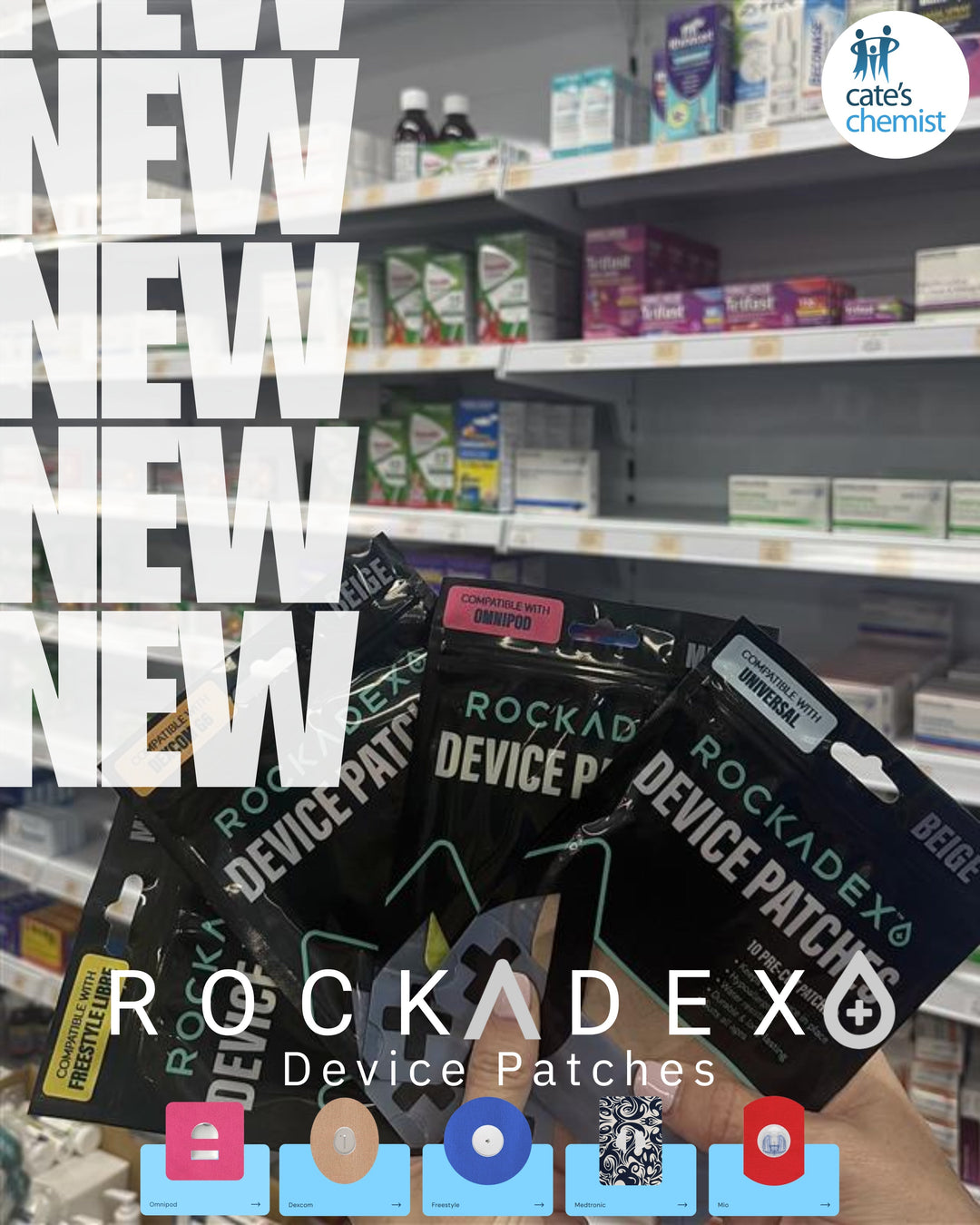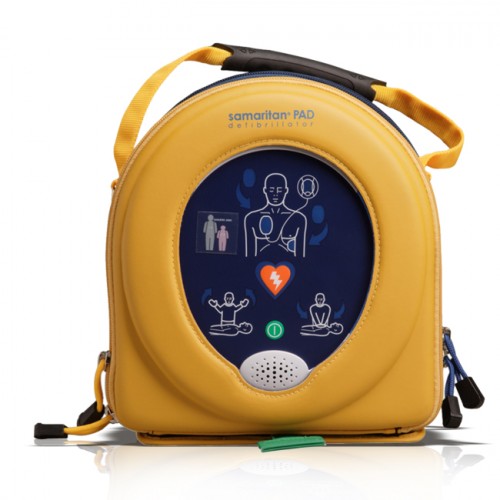Wrap it up right: a guide to using condoms
Part of maintaining good sexual health is having safe sex. This means taking precautions to protect yourself and your sexual partner.
You can reduce your risk of contracting or passing on sexually transmissible infections (STIs) or blood borne viruses (such as HIV or hepatitis).
Rates of some STIs, such as chlamydia and syphilis, have been increasing.
The most effective way you can practice safe sex is to use a condom with water-based lubricant when having vaginal and anal sex, or a condom/dental dam when having oral sex.
A condom is a latex or polyurethane sheath worn on the penis. Internal condoms are also available, which are worn in the vagina. They act as a physical barrier, preventing bodily fluids from passing between people during sex.
Why should I use a condom?
Condoms are the only type of contraception that helps prevent both pregnancy and STIs.
You can think that you don’t have an STI and still have one, because you often won’t have symptoms. The same goes for your partner. Unless you have both had a sexual health check since the last time you had sex, having unprotected sex could leave you vulnerable to getting an STI.
If untreated, STIs can cause long term health consequences like pelvic inflammatory disease and infertility. Is it really worth the risk?
When should I use a condom?
Condoms should be used every time you have sex. That includes vaginal sex, anal sex and oral sex. Use a new condom every time you have sex or change from having one type of sex to another. Make sure you use condoms from good brands, check the use-by date, and avoid ‘novelty’ condoms.
Always use a condom if:
- you are unsure of your partner’s sexual history
- you think you or your partner might have an STI.
If you decide to have unprotected sex, you and your partner should make sure you both get a sexual health check beforehand, so you know you're all clear.
How do I use a condom?
We made this guide to show you exactly how to use a condom. Watch it, or follow the steps below.
Step 1: Check the packet for the use-by date and make sure the packet is still sealed. Don’t use expired condoms as they can break easily.
Step 2: Open the packet carefully so you don’t tear or puncture it.
Step 3: Hold the tip of the condom to remove any air. Put the condom on the head of the fully erect penis and roll it down to the base. If the condom doesn’t roll down easily it may be inside out. If that happens, it’s best to throw it away and get a new one. It’s possible it has already made contact with sexual fluids.
Step 4: Put lube on the outside of the condom. Don’t use oil-based lubricants as these can weaken the latex and cause condoms to break. Using water-based lubricant reduces the risk of breakage and increases the pleasure. If the condom rolls up during sex, stop and roll it back down.
Step 5: If the condom comes off or breaks during sex, replace it straight away with a new one before continuing. After ejaculation, pull the penis out while it’s still erect. Hold onto the base of the condom as you pull out to stop it slipping off.
Step 6: Carefully dispose of the used condom; making sure it does not touch your or your partner’s genital area. For more information on using condoms, watch the video below.
Where can I get condoms?
Condoms can be easily bought at a supermarket, chemist, convenience store, or petrol station, through vending machines in public toilets or nightclubs, or are available free through sexual health clinics and services, community-based organisations such as Queensland Positive People, Queensland Council for LGBTI Health, Open Doors, and some youth centres.
These days, there are a wide variety of condoms available. They come in different sizes, textures, flavours, and colours, can be lubricated or not, and can be made from latex or non-latex.
What I should I do if a condom breaks during sex?
If a condom breaks during sexual activity, you should follow these steps:
- Stop what you are doing
- Withdraw
- Take the broken condom off
- Put on a new condom.
If your condom breaks, it’s likely that you and your partner have been exposed to each other’s body fluids. It’s important for the both of you to get tested for STIs as soon as you can after exposure. Then you can ensure you are free from infection.
If you are concerned about an unplanned pregnancy, the Emergency Contraceptive Pill or ‘morning after pill’ is available over the counter at pharmacies. For more info, check the Queensland Health resources on contraception, or view the emergency contraception video below.
If you believe you may have been exposed to HIV, you may be able to prevent the infection by using post exposure prophylaxis (PEP) treatment. PEP must be taken immediately after being exposed to HIV, preferably within two hours, but it may still be effective within 72 hours. Find out where to get PEP.
I’ve had unprotected sex, what should I do?
It’s time for you to get a sexual health check! If you’re sexually active, it’s recommended that you have a sexual health check at least once a year, and more often if you have unprotected sex or change partners.
Remember that not all STIs will give you symptoms, so you should get a check even if you don’t think anything is wrong. Most STIs are easy to test for and can be treated with a single dose of antibiotics.
You can ask for STI testing from your GP, Aboriginal Medical Services, sexual health services and some community-based testing sites. You can also order a free chlamydia and gonorrhoea test kit online.
If you have contracted an STI, you should tell any current and past sexual partners, so that they can be checked as well. This can certainly be a scary conversation to have with a partner but it’s an important one to help protect them and any of their future partners.
You can do this yourself, or use services like Let Them Know, The Drama Down Under or Better to Know to pass on the information anonymously. Talk to your doctor about who you need to tell and how to tell them or read the Queensland Government guidelines on finding out who you need to contact.






